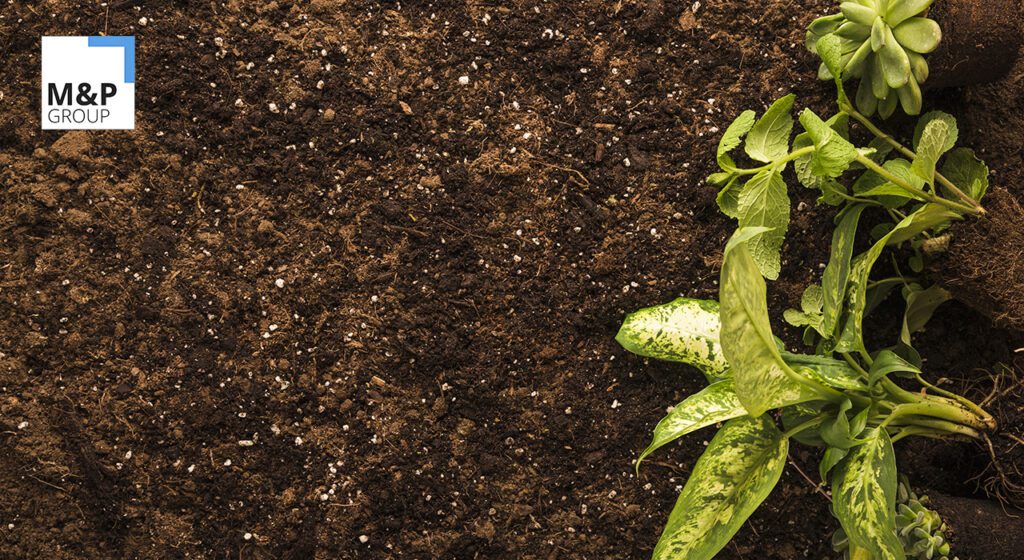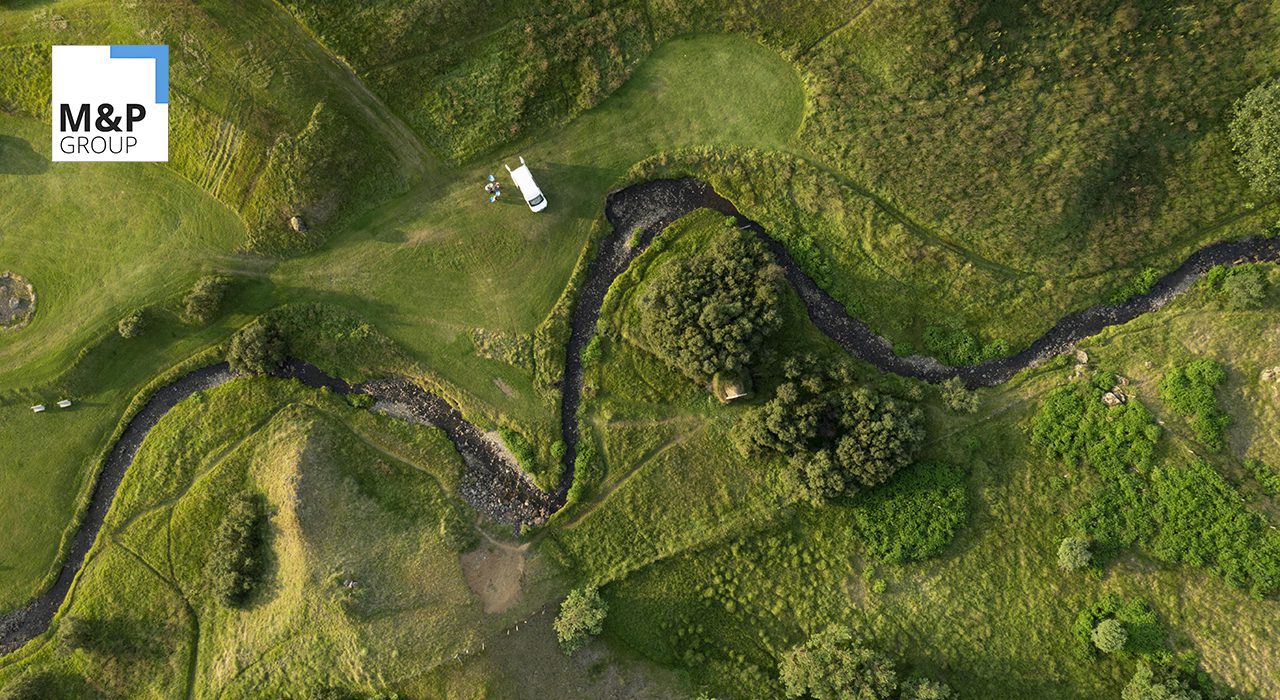Deep within the agricultural landscapes of Europe lie the Plaggenesch soils, remnants of historical farming practices and key to understanding centuries of agricultural history. These unique soils, once declared the “Soil of the Year 2013” by the State Office for Mining, Energy, and Geology (LBEG), are a testament to the enduring relationship between humans and the land. But what makes Plaggenesch soils so important, and how can we ensure their preservation in today’s climate-conscious world?
What are Plaggenesch Soils?
Plaggenesch soils, also known as “Eschböden,” are agricultural soils formed over centuries through the repeated application of sod (grass or heath) and manure. This practice resulted in a thick, humus-rich top layer, now regarded as one of the most significant soil stratigraphy archives in Europe. These soils reveal vital information about ancient farming techniques, shifts in vegetation, and long-term agricultural land management practices.
In today’s world, Plaggenesch soils stand as both historical artifacts and critical components of sustainable land use. As we confront the challenges of modern environmental stewardship, the preservation of these soils becomes ever more important—not just for their past value, but for their role in the future of soil preservation and soil conservation techniques.


The Role of Soil Conservation in Modern Construction
At M&P Group, we are at the forefront of balancing the need for soil remediation and protection with the demands of modern construction. Plaggenesch soils are particularly vulnerable during infrastructure development, and our Soil Monitoring Programs are designed to safeguard their unique properties. These programs incorporate paleoecology insights, ensuring that any construction near these soils takes into account not only their present condition but their entire historical context.
One of the major challenges we face in these projects is soil moisture management. The high groundwater levels and moisture content of Plaggenesch soils can complicate remediation efforts, requiring advanced techniques to stabilize the soils and prevent further degradation. Ensuring proper soil moisture management is key to protecting the integrity of these historical soils and enabling archaeologists to continue their work uninterrupted.
Combining Soil Preservation with Climate Goals
The urgency of climate change and soil management is driving our mission at M&P Group. While protecting these soils for their historical value, we must also consider the broader picture: how do we align these conservation efforts with national climate goals? Our work focuses on soil remediation and soil preservation strategies that not only secure these important archives of the past but also contribute to the ongoing battle against climate change.
Through careful agricultural land management and soil conservation techniques, we ensure that Plaggenesch soils remain a vibrant part of Europe’s landscape, contributing to both environmental sustainability and agricultural productivity. These efforts are critical as we work alongside external archaeologists and climate scientists, combining our expertise in soil stratigraphy, archaeology, and paleoecology to make informed decisions that benefit both the environment and society.
Engineering for a Better Tomorrow: A Glimpse into the Past, with an Eye on the Future
At M&P Group, our mission of Engineering for a Better Tomorrow is reflected in our approach to Plaggenesch soils. We are not just safeguarding historical archives; we are shaping a future where sustainable land use and soil preservation are integral to achieving environmental and climate goals. As we continue our efforts in soil remediation, we are committed to ensuring that these soils remain protected while contributing to the fight against climate change.
Our projects demonstrate how advanced soil conservation techniques can play a vital role in protecting our natural heritage while driving forward critical climate objectives. By preserving these soils, we are not only looking back at history but also engineering a sustainable future—one that values both the lessons of the past and the needs of tomorrow.

